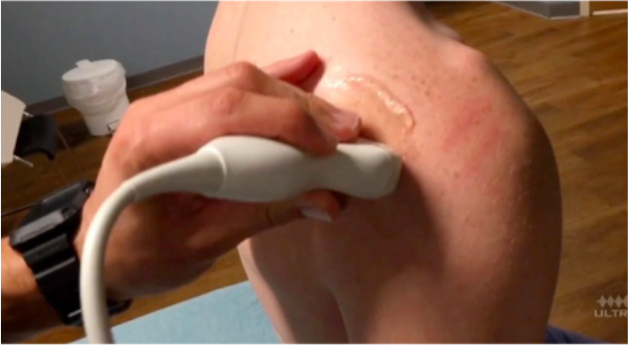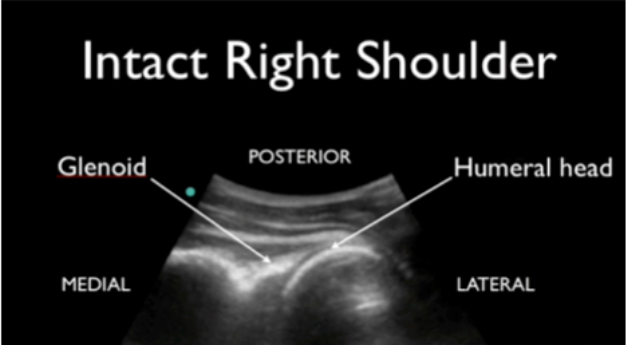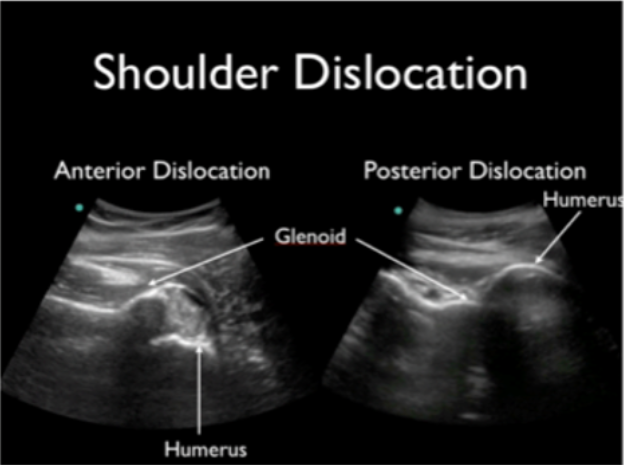Imagine it's 1989: the Berlin Wall is coming down, the world is marveling at the first GPS satellites going into orbit, and in the bustling world of emergency medicine, newer monoclonal antibody assays for beta-HCG are coming onto the scene. (It should be noted bHCG testing had been out for over a decade by that point, but continual advances in antibody assays meant more accurate but more expensive tests). In a time when cell phones were the size of bricks, Ramoska et al. published a surprising paper investigating if ordering this costly test to determine pregnancy status of patients of child-bearing potential in the emergency department could be safely reduced based on patient self-report and historical factors.
Q: What about Ramoska et al. (1989) was so surprising?
A: The study involved 208 patients, identifying three historical variables less likely to be associated with pregnancy: an on-time last menstrual period (LMP), the patient's belief she was not pregnant, and the patient's assertion there was no chance she could be pregnant. Despite these indicators, there was an 11.5% positive pregnancy test rate among women who reported no chance of pregnancy. The study concluded that patient history alone, even when considering these specific risk factors, could not reliably exclude pregnancy, emphasizing the importance of using pregnancy tests in the ED. (Notably, the study population had a 33% overall pregnancy rate.)
Q: Were there any further studies on this?
A: Yes. Stengel et al. (1994) found a 6.3% prevalence of unrecognized pregnancy among 161 consecutive female ED patients. Specifically, those with abdominal/pelvic complaints had a 13% prevalence, while those with other complaints had a 2.5% prevalence. The study illuminated the power of two historical risk factors - the patient's suspicion of being pregnant and an abnormal last menstrual period. These factors, when present, detected all unrecognized pregnancies with 100% sensitivity and 54% specificity.
Q: That’s a different conclusion than the first…. Don’t we have anything more recent to compare with?
A: Indeed we do, athough take “recent” with an iPod Shuffle’s worth of salt. Strote conducted a study published in 2006 that included 474 patients who underwent pregnancy testing, with 11 (2.3%) tests returning positive. Among patients who negated the possibility of being pregnant in response to both screening questions, only one test (0.3%) was positive, showcasing a negative predictive value (NPV) of 99.7%. The absence of sexual activity heralded a 100% NPV. Notably, all pregnancies occurred in patients presenting with gastrointestinal or genitourinary complaints, which comprised only 56% of the presentations for which tests were ordered. This suggests that patient self-assessment, coupled with sexual history, could significantly predict non-pregnancy.
Q: But why might the findings be so different between studies?
A: There are several possibilities to consider:
Exclusion of Documented Pregnancies: Unlike the 1989 study in which the study population had a remarkable 33% pregnancy rate, Strote excluded patients with already documented pregnancies. If the known pregnancies are included, the overall pregnancy rate adjusts to a nearly 10% overall pregnancy rate.
Population and Cultural Differences: Variations in hospital populations, changing cultural norms around discussing reproductive issues, and differing criteria for ordering pregnancy tests could contribute to the disparities in findings.
Impact of Home Pregnancy Testing: The advent and increasing accessibility of home pregnancy tests likely also influenced these outcomes. In the 1989 study, concerns about potential pregnancy represented nearly 15% of chief complaints, compared to less than 1% in the 2006 study, suggesting a shift in how patients approach pregnancy testing before seeking ED care.
Q: Great! So this means I can order CTs without pregnancy tests based on history and throw this paper at anyone who argues?
A: NO please don’t go starting fights in CT! Although a risk-factor approach to detecting pregnancy worked well in the 2006 study group, further work must be done to validate these findings among other larger patient populations before this comes anywhere close to specialty-wide practice changing. This would also be a bigger policy and patient safety issue, and all this trouble over a test that is now affordable and fast? Strange hill to die on.
TL;DR:
A study in 1989 found a 10-15% rate of pregnancy among patients of child-bearing potential who denied being pregnant.
A more "recent" study from 2006 found only one positive test among allegedly non-pregnant patients, and that self-reported non-pregnant status carries a NPV of 99.7, with 100% NPV for denial of sexual activity.
Regardless, standard practice should still be to err on the side of caution and order the bHCG to screen out pregnancy in patient of child-bearing potential in the emergency department and not rely solely on historical factors.
References:
Ramoska EA, Sacchetti AD, Nepp M. Reliability of patient history in determining the possibility of pregnancy. Ann Emerg Med. 1989 Jan;18(1):48-50. doi: 10.1016/s0196-0644(89)80310-5. PMID: 2462800.
Stengel CL, Seaberg DC, MacLeod BA. Pregnancy in the emergency department: risk factors and prevalence among all women. Ann Emerg Med. 1994 Oct;24(4):697-700. doi: 10.1016/s0196-0644(94)70280-2. PMID: 8092596.
Strote J, Chen G. Patient self assessment of pregnancy status in the emergency department. Emerg Med J. 2006 Jul;23(7):554-7. doi: 10.1136/emj.2005.031146. PMID: 16794101; PMCID: PMC2579552.






